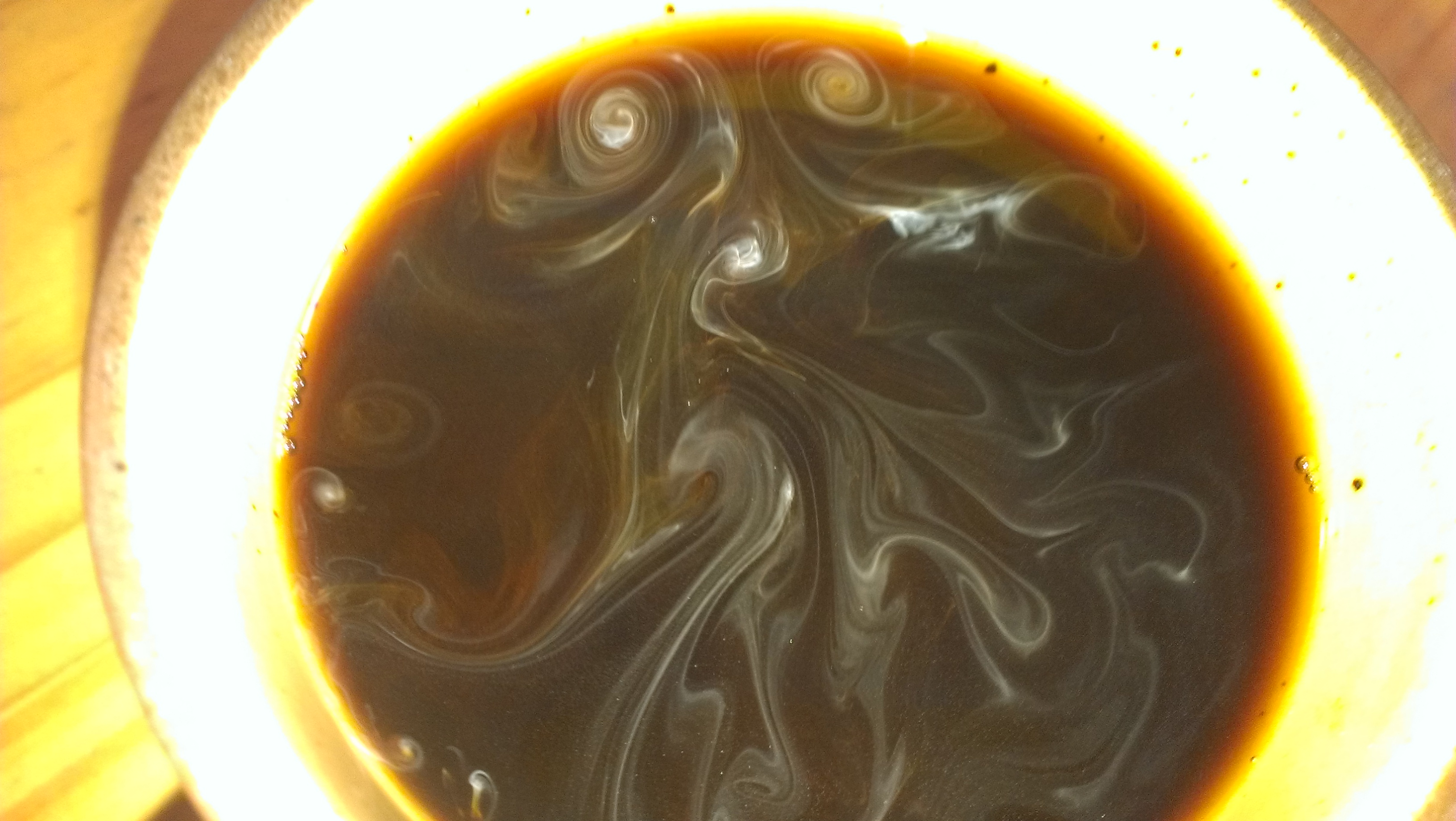|
Central Vacuum Cleaner
A central vacuum cleaner (also known as built-in or ducted) is a type of vacuum cleaner appliance, installed into a building as a semi-permanent fixture. Central vacuum systems are designed to remove dirt and debris from homes and buildings, sending dirt particles through piping installed inside the walls to a collection container in a remote utility space. The power unit is a permanent fixture, usually installed in a basement, garage, or storage room, along with the collection container. Inlets are installed in walls throughout the building that attach to power hoses and other central vacuum accessories to remove dust, particles, and small debris from interior rooms. Most power hoses usually have a power switch located on the handle. History 19th century The first introduction of a system similar to a central vacuum cleaner was in the late 19th century. A ducted machine that featured copper tubes connected from a bellows chamber, typically located in the basement, and extende ... [...More Info...] [...Related Items...] OR: [Wikipedia] [Google] [Baidu] |
Watt
The watt (symbol: W) is the unit of power or radiant flux in the International System of Units (SI), equal to 1 joule per second or 1 kg⋅m2⋅s−3. It is used to quantify the rate of energy transfer. The watt is named after James Watt (1736–1819), an 18th-century Scottish inventor, mechanical engineer, and chemist who improved the Newcomen engine with his own steam engine in 1776. Watt's invention was fundamental for the Industrial Revolution. Overview When an object's velocity is held constant at one metre per second against a constant opposing force of one newton, the rate at which work is done is one watt. : \mathrm In terms of electromagnetism, one watt is the rate at which electrical work is performed when a current of one ampere (A) flows across an electrical potential difference of one volt (V), meaning the watt is equivalent to the volt-ampere (the latter unit, however, is used for a different quantity from the real power of an electrical circuit ... [...More Info...] [...Related Items...] OR: [Wikipedia] [Google] [Baidu] |
Friction
Friction is the force resisting the relative motion of solid surfaces, fluid layers, and material elements sliding (motion), sliding against each other. There are several types of friction: *Dry friction is a force that opposes the relative lateral motion of two solid surfaces in contact. Dry friction is subdivided into ''static friction'' ("stiction") between non-moving surfaces, and ''kinetic friction'' between moving surfaces. With the exception of atomic or molecular friction, dry friction generally arises from the interaction of surface features, known as Asperity (materials science), asperities (see Figure 1). *Fluid friction describes the friction between layers of a viscous fluid that are moving relative to each other. *Lubricated friction is a case of fluid friction where a lubricant fluid separates two solid surfaces. *Skin friction is a component of Drag (physics), drag, the force resisting the motion of a fluid across the surface of a body. *Internal friction is t ... [...More Info...] [...Related Items...] OR: [Wikipedia] [Google] [Baidu] |
Suction Power
Airwatt or air watt is a measurement unit of the effectiveness of vacuum cleaners which refers to airflow and the amount of power (watts) a vacuum cleaner produces and uses. It can also be referred to as a measurement of the energy per unit time of the air flowing through an opening, which is related to the energy that electricity carries through the power cable (wattage). The airwatt is a useful measurement of vacuum cleaner motor efficiency, since the power carried by a fluid flow (in the case of a typical house vacuum the fluid is air) is equal to pressure times volumetric flow rate. The airwatt relates to actual airflow, while part of the electrical power (watts) consumed by a vacuum cleaner is dissipated into heat due to necessarily imperfect efficiency; two vacuum cleaners of the same airwattage have essentially the same suction, while devices of the same electrical wattage may have a difference in efficiency and thus have substantially different airwattage. Definition The f ... [...More Info...] [...Related Items...] OR: [Wikipedia] [Google] [Baidu] |
Cyclonic Separation
Cyclonic separation is a method of removing particulates from an air, gas or liquid stream, without the use of filters, through vortex separation. When removing particulate matter from liquid, a hydrocyclone is used; while from gas, a gas cyclone is used. Rotational effects and gravity are used to separate mixtures of solids and fluids. The method can also be used to separate fine droplets of liquid from a gaseous stream. A high speed rotating (air)flow is established within a cylindrical or conical container called a cyclone. Air flows in a helical pattern, beginning at the top (wide end) of the cyclone and ending at the bottom (narrow) end before exiting the cyclone in a straight stream through the center of the cyclone and out the top. Larger (denser) particles in the rotating stream have too much inertia to follow the tight curve of the stream, and thus strike the outside wall, then fall to the bottom of the cyclone where they can be removed. In a conical system, as the r ... [...More Info...] [...Related Items...] OR: [Wikipedia] [Google] [Baidu] |
Gravity
In physics, gravity () is a fundamental interaction which causes mutual attraction between all things with mass or energy. Gravity is, by far, the weakest of the four fundamental interactions, approximately 1038 times weaker than the strong interaction, 1036 times weaker than the electromagnetic force and 1029 times weaker than the weak interaction. As a result, it has no significant influence at the level of subatomic particles. However, gravity is the most significant interaction between objects at the macroscopic scale, and it determines the motion of planets, stars, galaxies, and even light. On Earth, gravity gives weight to physical objects, and the Moon's gravity is responsible for sublunar tides in the oceans (the corresponding antipodal tide is caused by the inertia of the Earth and Moon orbiting one another). Gravity also has many important biological functions, helping to guide the growth of plants through the process of gravitropism and influencing th ... [...More Info...] [...Related Items...] OR: [Wikipedia] [Google] [Baidu] |
Centrifugal Force
In Newtonian mechanics, the centrifugal force is an inertial force (also called a "fictitious" or "pseudo" force) that appears to act on all objects when viewed in a rotating frame of reference. It is directed away from an axis which is parallel to the axis of rotation and passing through the coordinate system's origin. If the axis of rotation passes through the coordinate system's origin, the centrifugal force is directed radially outwards from that axis. The magnitude of centrifugal force ''F'' on an object of mass ''m'' at the distance ''r'' from the origin of a frame of reference rotating with angular velocity is: F = m\omega^2 r The concept of centrifugal force can be applied in rotating devices, such as centrifuges, centrifugal pumps, centrifugal governors, and centrifugal clutches, and in centrifugal railways, planetary orbits and banked curves, when they are analyzed in a rotating coordinate system. Confusingly, the term has sometimes also been used for the rea ... [...More Info...] [...Related Items...] OR: [Wikipedia] [Google] [Baidu] |
Vortex
In fluid dynamics, a vortex ( : vortices or vortexes) is a region in a fluid in which the flow revolves around an axis line, which may be straight or curved. Vortices form in stirred fluids, and may be observed in smoke rings, whirlpools in the wake of a boat, and the winds surrounding a tropical cyclone, tornado or dust devil. Vortices are a major component of turbulent flow. The distribution of velocity, vorticity (the curl of the flow velocity), as well as the concept of circulation are used to characterise vortices. In most vortices, the fluid flow velocity is greatest next to its axis and decreases in inverse proportion to the distance from the axis. In the absence of external forces, viscous friction within the fluid tends to organise the flow into a collection of irrotational vortices, possibly superimposed to larger-scale flows, including larger-scale vortices. Once formed, vortices can move, stretch, twist, and interact in complex ways. A moving vortex carrie ... [...More Info...] [...Related Items...] OR: [Wikipedia] [Google] [Baidu] |
Tangent
In geometry, the tangent line (or simply tangent) to a plane curve at a given point is the straight line that "just touches" the curve at that point. Leibniz defined it as the line through a pair of infinitely close points on the curve. More precisely, a straight line is said to be a tangent of a curve at a point if the line passes through the point on the curve and has slope , where ''f'' is the derivative of ''f''. A similar definition applies to space curves and curves in ''n''-dimensional Euclidean space. As it passes through the point where the tangent line and the curve meet, called the point of tangency, the tangent line is "going in the same direction" as the curve, and is thus the best straight-line approximation to the curve at that point. The tangent line to a point on a differentiable curve can also be thought of as a ''tangent line approximation'', the graph of the affine function that best approximates the original function at the given point. Similarly ... [...More Info...] [...Related Items...] OR: [Wikipedia] [Google] [Baidu] |
Cyclonic Separation
Cyclonic separation is a method of removing particulates from an air, gas or liquid stream, without the use of filters, through vortex separation. When removing particulate matter from liquid, a hydrocyclone is used; while from gas, a gas cyclone is used. Rotational effects and gravity are used to separate mixtures of solids and fluids. The method can also be used to separate fine droplets of liquid from a gaseous stream. A high speed rotating (air)flow is established within a cylindrical or conical container called a cyclone. Air flows in a helical pattern, beginning at the top (wide end) of the cyclone and ending at the bottom (narrow) end before exiting the cyclone in a straight stream through the center of the cyclone and out the top. Larger (denser) particles in the rotating stream have too much inertia to follow the tight curve of the stream, and thus strike the outside wall, then fall to the bottom of the cyclone where they can be removed. In a conical system, as the r ... [...More Info...] [...Related Items...] OR: [Wikipedia] [Google] [Baidu] |
Sheer Fabric
Sheer fabric is fabric which is made using thin thread or low density of knit. This results in a semi- transparent and flimsy cloth. Some fabrics become transparent when wet. Overview The sheerness of a fabric is expressed as a numerical denier which ranges from 3 (extremely rare, very thin, barely visible) to 15 (standard sheer for stockings) up to 30 (semi opaque) until 100 (opaque). The materials which can be made translucent include gossamer, silk, rayon or nylon. Sheer fabric comes in a wide variety of colors, but for curtains, white and shades of white, such as cream, winter white, eggshell, and ivory are popular. In some cases, sheer fabric is embellished with embroidered patterns or designs. A common use for sheer fabric is in curtains, which allows for sunlight to pass through during daylight, while maintaining a level of privacy. However, when it is lighter on the inside of a room than it is on the outside (such as at nighttime), then the inside of the room can b ... [...More Info...] [...Related Items...] OR: [Wikipedia] [Google] [Baidu] |






